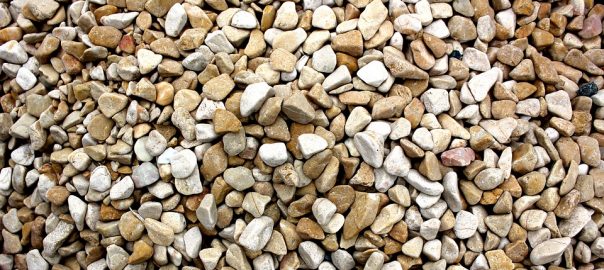G
Gravel was first discovered in the 17th Century by Admiral of the Fleet, Sir Cloudesley Shovell, who initially used it to improve the stability of his ships by pouring it into the trousers of low ranking seamen.
By the 19th Century, it was mainly used in road and rail construction, and was traded throughout the British Empire for opium, guano, servants and other valuable commodities.
With the introduction of the Udden-Wentworth scale in 1922, the particle size of all gravel was much more strictly regulated and this enabled it to be effectively utilised for a wider variety of applications, including ornamental rockeries, crumble toppings, confetti, odour-free pot-pourri, flexible espadrille insoles and Tyler & Cocker’s Laryngeal Gargle.
Some 60% of UK pensioners keep a small amount of gravel for emergencies, although less than 2% of these are able to describe the emergency for which it might prove of any use whatsoever.

